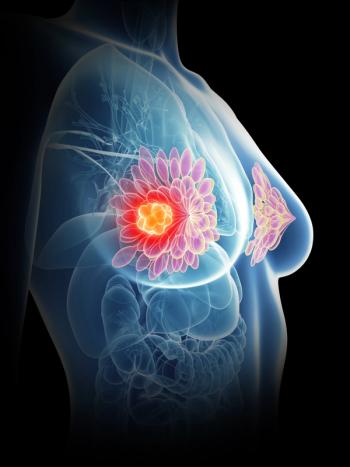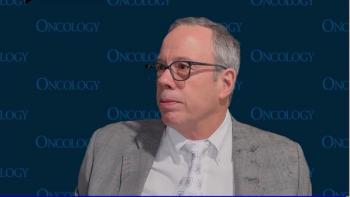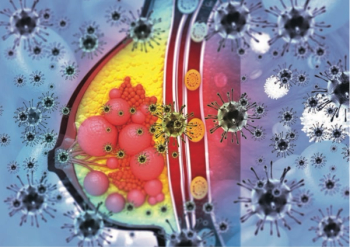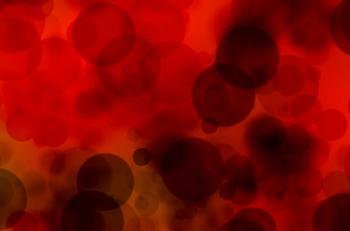
Oncology NEWS International
- Oncology NEWS International Vol 5 No 12
- Volume 5
- Issue 12
Four Scenarios Describe Impact of Cancer Research in 2015
NEW YORK--To celebrate its 100th anniversary, the American Cancer Society has led an effort to anticipate how the world might be in 2015 and how that might affect the control of cancer.
NEW YORK--To celebrate its 100th anniversary, the American CancerSociety has led an effort to anticipate how the world might bein 2015 and how that might affect the control of cancer.
Helene G. Brown reported that four scenarios were developed. "Theseare not predictions but represent the construction of likely plotsbased on available information and knowledge of the possibilities,"she said at the Third World Congress of Psycho-Oncology.
Ms. Brown, director of community applications of research, JonssonComprehensive Cancer Center, UCLA, described each scenario andits effect on age-adjusted cancer mortality.
- Business as usual. In this scenario, basic health problemsof the 1990s persist. "The population in 2015 continues toindulge in poor diets and avoid exercise, and many continue toabuse alcohol, tobacco, and drugs," she said. Age-adjustedcancer mortality declines by 15% from 1990 levels.
- Hard times. Severe recessions and consistently highunemployment conspire to increase health risks. "Things fallapart and there is an expected increase in cancer mortality of15%," Dr. Brown said.
- Stone soup. In this scenario, "hard times"are averted, as the independent sector successfully launches effectivehealth education and information programs, and interactive participationin health by every citizen helps communities adopt sound healthpractices.
- Both public and private sectors vigorously attack what theycalled bad health habits. Advances in cancer risk identificationand in detection combine with a more spartan lifestyle to reduceage adjusted cancer mortality by 30% from 1990 levels.
- Great strides. The fruits of the information revolutionand a commitment to sustainable development bring great progressin this, the happiest of the four scenarios. New technologiesand a maximum 30-hour work week have enhanced economic competitivenessand kept unemployment low. Optimum cooperation by families andcommunities helps push age-adjusted mortality down 70% from 1990levels.
"Everybody wants great strides to happen, but realisticallyeverybody thinks that stone soup is more likely to occur,"Ms. Brown concluded. She emphasized that these scenarios are onlylearning tools that tell their story about the future in severalways. "The future is uncertain, but without research andfunding, there is no future."
Articles in this issue
about 29 years ago
AHCPR to Fund Analysis of the Impact of Managed Care's Growthabout 29 years ago
Avon Funds Breast Cancer Awareness Program for Orthodox Jewish Womenabout 29 years ago
Friends of Cancer Research Campaignabout 29 years ago
Four Cancer Chemoprevention Trials Seek Subjectsabout 29 years ago
Overall US Cancer Mortality Rate Falls for the First Timeabout 29 years ago
New Edition of NABCO Breast Cancer Resource List Is Now Availableabout 29 years ago
Changes in Congressional Committee Chairmen Could Impact Oncologistsabout 29 years ago
Growth Factor in Elderly ALL Patients Improves OutcomeNewsletter
Stay up to date on recent advances in the multidisciplinary approach to cancer.

















































































